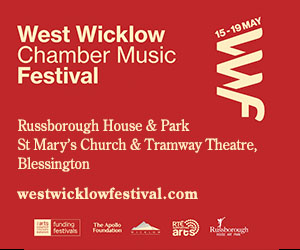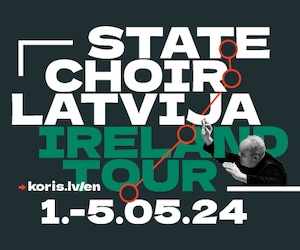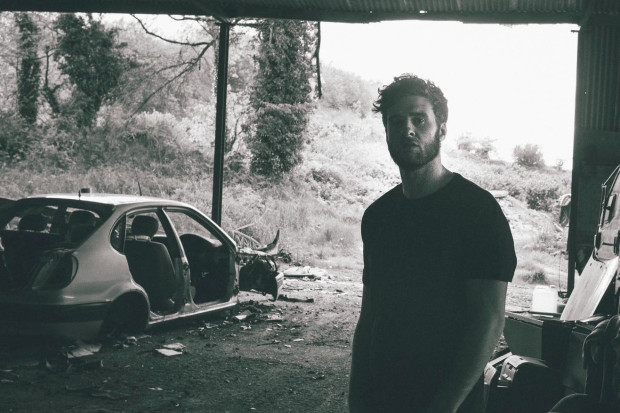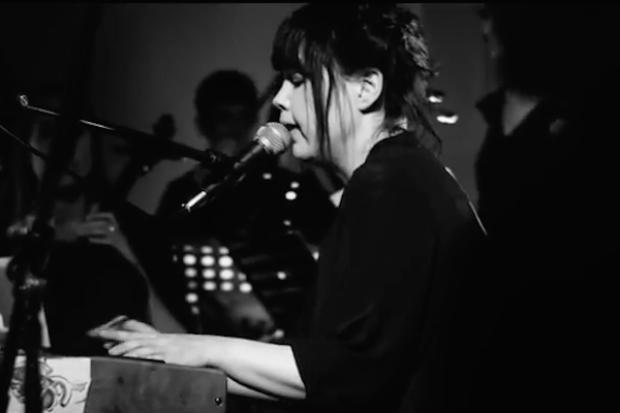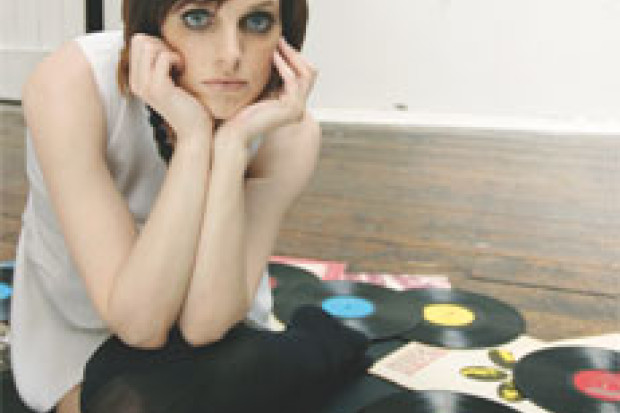Castle Palooza Festival
Given the new interest of Irish rock musicians in electronics, it is hardly surprising that the best and most successful acts over this two-day festival were those for whom computer music is a key feature. Whether used for sound production or real-time sound processing, the traditional wall of guitar amplifiers was replaced by racks of laptops, mixers, desks, samplers and sequencers. Rock is still in essence a live art, but through this development it is shedding its old-fashioned status as an easy and inexpert music form; a high-level of musical and technical knowledge is now required of its practitioners, but also of its listeners.
The live performances of such bands at Castle Palooza displayed the changing status of rock. Electronics represent what is essentially a deconstruction of the music’s tradition, blurring the lines between individualist, story-telling rock and the tribal, communal experience of club music. ‘Rock relates an experience, rave constructs an experience’ is a tenet that has now been reversed. Le Galaxie’s performance in the smoke-filled HMV tent had all the atmosphere of a club, but with technologically-informed rock. Though only a four-piece, the balance they have achieved between the electronics and the traditional guitar/bass/drums combo creates a formidable live energy. Dispensing with both vocals and solos, Le Galaxie, like Super Extra Bonus Party, who also performed at the festival, create thumping beats, seductive basslines and impeccable melodies augmented by heavily-layered electronic sounds.
As with art music, computer music has provided rock musicians with the means to break past the constraints of instrumental possibilities. Both Le Galaxie and Super Extra Bonus Party, along with most of the bands for whom electronics play an important role, operate within a kind of post-post-rock idiom, an expansion of the emphasis on texture and timbre to include ‘artificial’ and preproduced elements. Patrick Kelleher and His Cold Dead Hands probably had the most impressive array of technology on-stage, yet stayed closer than the above to a more traditional rock aesthetic, even if their sound was strange and invasive. The 202s, a guitar/drums/bass trio with an ear for simple but effective pop-rock tunes, expanded the possibilities of their restrictive set-up with synth backing-tracks – a technique also used by the more musically immature Skibunny. Backing tracks are a bold statement considering the history of ‘authentic’ rock, but the 202s retained their credibility through their honest and self-assured performance, and through the accessibility of their songs.
Layering is a fundamental structural aspect of rock and pop music, and one to which technology is most often made a slave. The Ambience Affair, whose charmingly bumbling performance was a highlight of the festival, have a set-up of singer-songwriter simplicity: guitar, voice and drums. One of the few acts not to lose their songwriting roots among the wires and machines, The Ambience Affair make use of on-stage sampling of guitar and voice to build instrumental layers in a slow swell of sound. The performance marked one of the few instances of the live use of electronics for processing rather than production.
Published on 1 October 2009
Anna Murray is a composer and writer. Her website is www.annamurraymusic.com.






